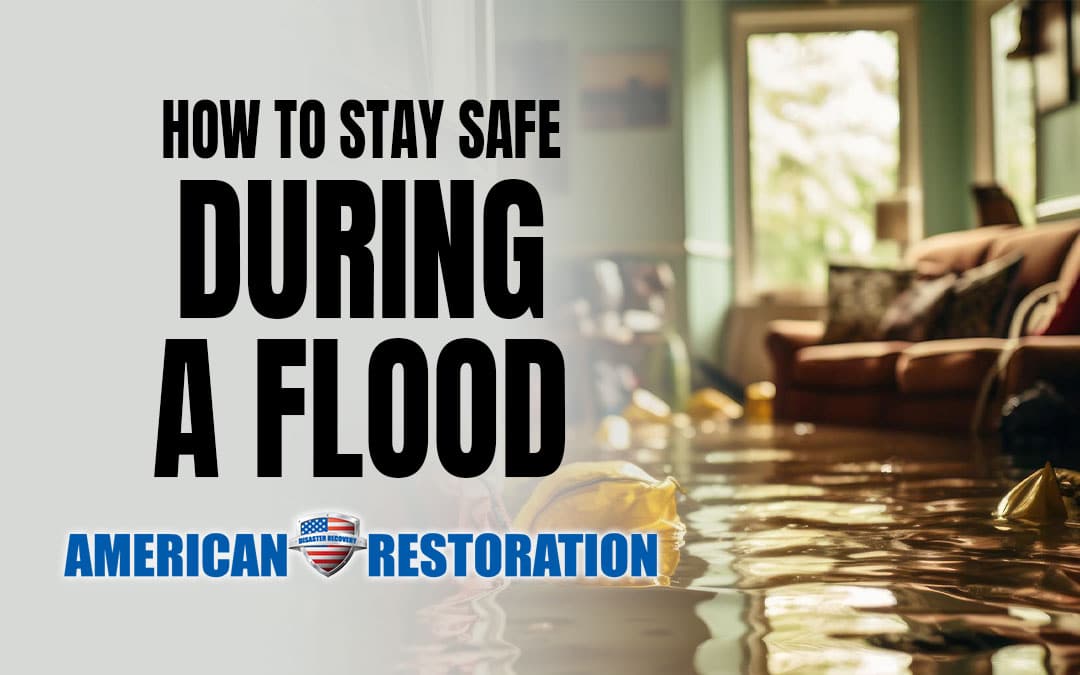Staying Safe With Flood Alerts: A Practical Handbook

Table of Contents
Understanding Flood Alerts and Warning Systems
Effective flood preparedness begins with understanding the different types of flood alerts and how they are disseminated. Knowing the meaning of each alert allows for timely and appropriate action. Various agencies use different terminology, but generally, you'll encounter these:
- Flood Watch: Conditions are favorable for flooding. Monitor the situation closely and be prepared to take action.
- Flood Warning: Flooding is occurring or is imminent. Take immediate action to protect yourself and your property.
- Flood Advisory: Flooding is possible in specific areas. Be aware of the potential hazard.
These alerts are distributed through various channels:
- National Weather Service (NWS) Weather Radio: A dedicated radio frequency provides continuous weather updates, including flood alerts.
- Mobile Alert Systems (e.g., NOAA Weather Radio app, Wireless Emergency Alerts): These apps send push notifications directly to your smartphone.
- Local News and Media: Television, radio, and online news sources often provide real-time updates and flood warnings specific to your area.
How to maximize your use of flood alerts:
- Sign up for specific alert systems: Register for your local emergency notification system to receive customized alerts via text, email, or phone call.
- Understand the urgency: Familiarize yourself with the meaning and severity levels of different alerts. A flood warning demands immediate action.
- Utilize multiple sources: Relying on multiple sources of information improves redundancy and ensures you receive timely alerts even if one system fails.
Creating a Family Emergency Plan for Floods
Pre-planning is vital when facing potential flood emergencies. A well-defined family emergency plan ensures everyone knows what to do, minimizing confusion and maximizing safety during a crisis. Key elements include:
- Designated meeting points: Establish a primary and secondary meeting location outside the flood-prone area.
- Emergency contact information: Create a list of emergency contacts, including family members, neighbors, and local authorities. Ensure everyone has access to this list.
- Evacuation routes: Identify multiple evacuation routes and familiarize yourself with them. Consider road closures and alternative paths.
- Out-of-state contact: Designate an out-of-state contact person to serve as a central point of communication for family members dispersed during the emergency.
Steps to build your plan:
- Family Meeting: Gather your family and discuss potential flood scenarios, roles, and responsibilities.
- Practice Drills: Regularly practice your plan to ensure everyone knows what to do and where to go.
- Flexibility: Adapt your plan based on changing conditions and individual needs.
Preparing Your Home for a Flood
Taking proactive steps to protect your home significantly reduces flood damage. Implementing flood-proofing measures before a flood event can be the difference between minor inconvenience and major devastation. This includes:
- Sandbags: Use sandbags to create barriers around vulnerable areas of your home.
- Waterproof Seals: Seal cracks and gaps in walls and foundations to prevent water infiltration.
- Elevating Valuables: Move valuable items, furniture, and electronics to higher ground.
Additional preventative measures:
- Inventory: Create a detailed inventory of your belongings, including photos and descriptions, for insurance purposes.
- Document Storage: Store important documents (insurance policies, identification) in waterproof containers.
- Appliance Protection: Develop a strategy for disconnecting and protecting electrical appliances from water damage.
- Insurance: Review your homeowner's insurance policy to understand flood coverage and deductibles.
Responding to a Flood Alert: Immediate Actions
Receiving a flood alert necessitates swift action. The urgency of the situation dictates the speed and decisiveness of your response. When a flood alert is issued:
- Gather Emergency Supplies: Collect essential supplies like water, non-perishable food, medications, and first-aid kits.
- Move Valuables: Relocate valuable items to a higher, safer location.
- Unplug Appliances: Disconnect electrical appliances from power outlets to prevent electrical hazards.
- Secure Your Home: Lock doors and windows to protect your property.
- Evacuate if Necessary: Follow evacuation orders immediately. Do not attempt to drive through floodwaters.
Post-Flood Safety and Recovery
After floodwaters recede, safety precautions remain critical. The dangers don't disappear once the water is gone. Remember:
- Avoid Floodwaters: Floodwater is often contaminated and may contain hazardous materials. Avoid contact.
- Structural Assessment: Check for structural damage to your home before re-entering.
- Cleaning and Sanitation: Thoroughly clean and sanitize affected areas to prevent mold and disease.
- Insurance Claims: Contact your insurance provider to report damages and initiate the claims process.
- Government Assistance: Seek assistance from local authorities and relief organizations for recovery support.
Staying Safe Through Effective Flood Alert Utilization
Staying safe during a flood relies heavily on preparedness and a prompt response to flood alerts. Understanding the different types of alerts and knowing how to react is paramount. This handbook emphasizes creating a comprehensive family emergency plan, flood-proofing your home, and taking immediate action when a flood alert is issued. Remember, staying safe with flood alerts is a proactive process. Create your flood emergency plan today, sign up for flood alerts in your area, and share this vital information with your community. Don't wait for a flood – prepare now.

Featured Posts
-
 Net Asset Value Nav Of Amundi Msci World Ii Ucits Etf Usd Hedged Dist An Investors Guide
May 25, 2025
Net Asset Value Nav Of Amundi Msci World Ii Ucits Etf Usd Hedged Dist An Investors Guide
May 25, 2025 -
 Broadways Photo 5162787 Mia Farrow Sadie Sink And The John Proctor Debate
May 25, 2025
Broadways Photo 5162787 Mia Farrow Sadie Sink And The John Proctor Debate
May 25, 2025 -
 La Gestion De Florentino Perez Al Frente Del Real Madrid
May 25, 2025
La Gestion De Florentino Perez Al Frente Del Real Madrid
May 25, 2025 -
 Zoryaniy Stil Naomi Kempbell U Biliy Tunitsi V Londoni
May 25, 2025
Zoryaniy Stil Naomi Kempbell U Biliy Tunitsi V Londoni
May 25, 2025 -
 Brest Urban Trail Les Visages De La Course
May 25, 2025
Brest Urban Trail Les Visages De La Course
May 25, 2025
Latest Posts
-
 Alex De Minaurs Madrid Open Exit Straight Sets Defeat And Swiateks Victory
May 25, 2025
Alex De Minaurs Madrid Open Exit Straight Sets Defeat And Swiateks Victory
May 25, 2025 -
 Philippine Tennis Star Eala Set For Paris Grand Slam
May 25, 2025
Philippine Tennis Star Eala Set For Paris Grand Slam
May 25, 2025 -
 Alex Ealas Grand Slam Journey Begins In Paris
May 25, 2025
Alex Ealas Grand Slam Journey Begins In Paris
May 25, 2025 -
 Paris Grand Slam Ealas Historic First Appearance
May 25, 2025
Paris Grand Slam Ealas Historic First Appearance
May 25, 2025 -
 Ealas Grand Slam Debut In Paris A Look Ahead
May 25, 2025
Ealas Grand Slam Debut In Paris A Look Ahead
May 25, 2025
